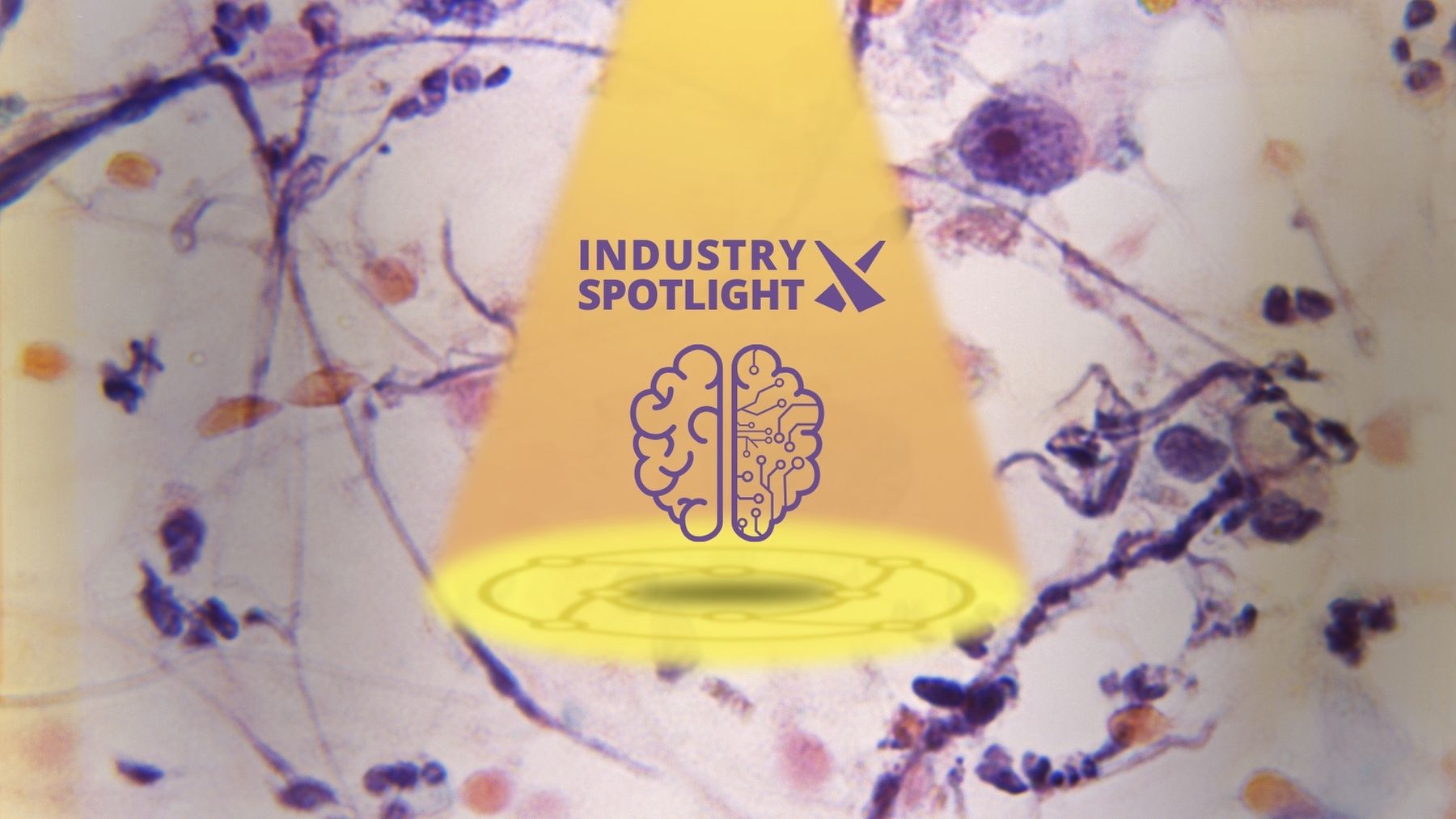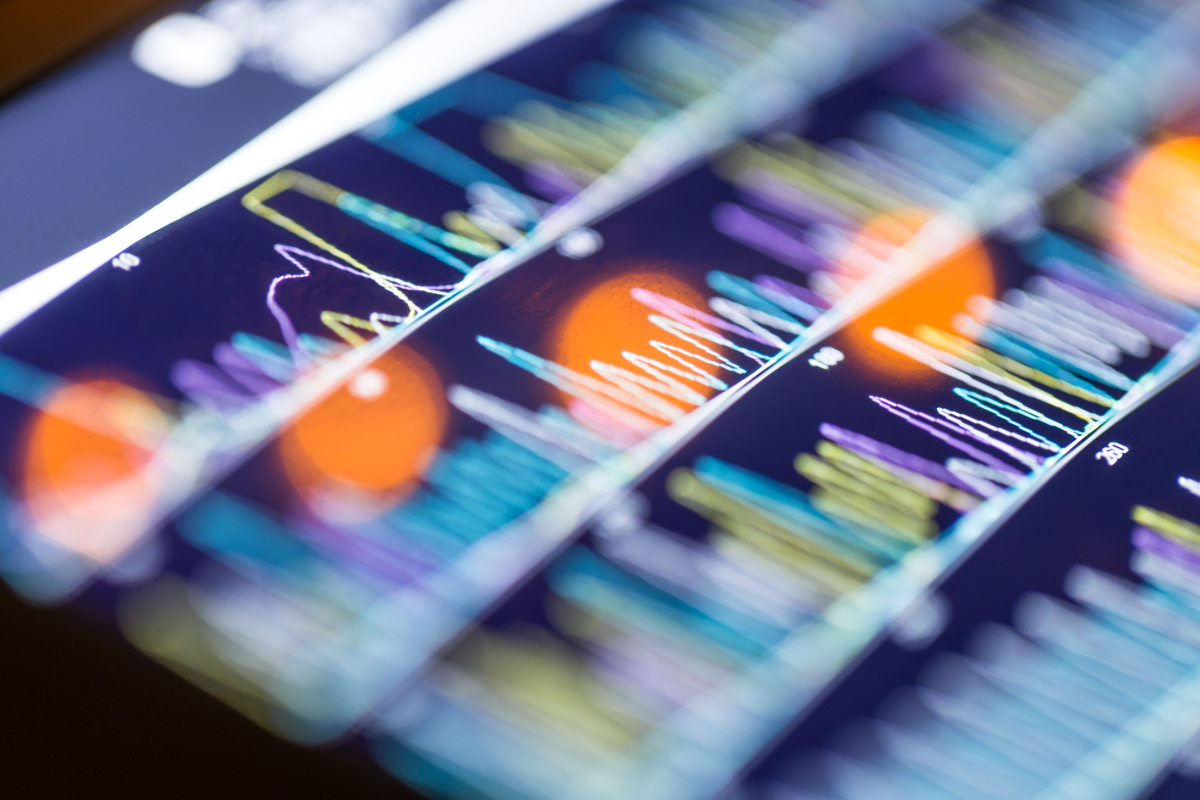AI “Nearly Twice as Good” at Grading Rare Cancer Aggression

A recent study found that AI was “nearly twice as good” at grading the aggressiveness of retroperitoneal sarcoma as existing methods.
Researchers from the Royal Marsden Hospital and Institute of Cancer Research found that AI was 82% accurate in diagnosis, and able to recognise details invisible to the naked eye.
This compares to an accuracy of 44% from lab analysis.
Those involved in the study say it could improve treatment and benefit thousands of patients every year, making it exciting in its potential for spotting other cancers early.
The study was collated at the Royal Marsden Hospital in London, with an independent validation cohort composed of patients involved in a phase III study of neoadjuvant radiotherapy in retroperitoneal sarcoma.
In the study, the AI algorithm was able to grade the aggressiveness of 89 patients' tumours more accurately than biopsies.
Further down the line, this approach could be used to circumvent biopsy and enable cancer detection without invasive surgery.
Applications of Radiomics in Rare Disease Prognosis
Retroperitoneal sarcomas occur deep in the abdomen and pelvis, behind the abdominal lining.
Patients with sarcoma typically present late, as these tumours arise in the large potential spaces of the retroperitoneum and can grow to be very large without producing symptoms.
As such, prognosis for retroperitoneal sarcomas is poor, since upfront characterisation is difficult and under-grading is common.
Radiomics - the extraction of features and phenotypic data from medical images using data-characterisation algorithms - could allow for the non-invasive identification of tumour phenotype.
While the approach is used in oncological medical imaging to extract and mine variables from medical images, successful clinical translation of radiomics has so far been elusive.
Progress has been hindered by limited data generalisability, variations in methods, and the absence of independent validation cohorts.
Some previous studies have supported the use of radomics in the prediction of histological grade for soft tissue sarcoma.
However, patients with retroperitoneal sarcoma were under-represented, and most studies did not have independent validation.
Implications for Future Retroperitoneal Sarcoma Diagnosis
These findings are important, as current evidence suggests that patients with retroperitoneal sarcoma continue to have a poor prognosis.
Current therapeutic approaches are guided by invasive biopsies that can lead to the under-grading of tumours in up to 68% of patients.
If radiomics models continue to demonstrate an ability to successfully predict histopathological type and grade, they could be vital to improving risk stratification and management in patients.
These models could also be validated to explore the value of combining other radiological features of clinical data, aiding in the development of prognostic models for clinical outcomes.
Get your regular dose of industry news and announcements here, or head over to our Omics portal to catch up with the latest advances in tumour analysis. To learn more about our upcoming NextGen Omics UK conference in London, click here to download an agenda or register your interest.







